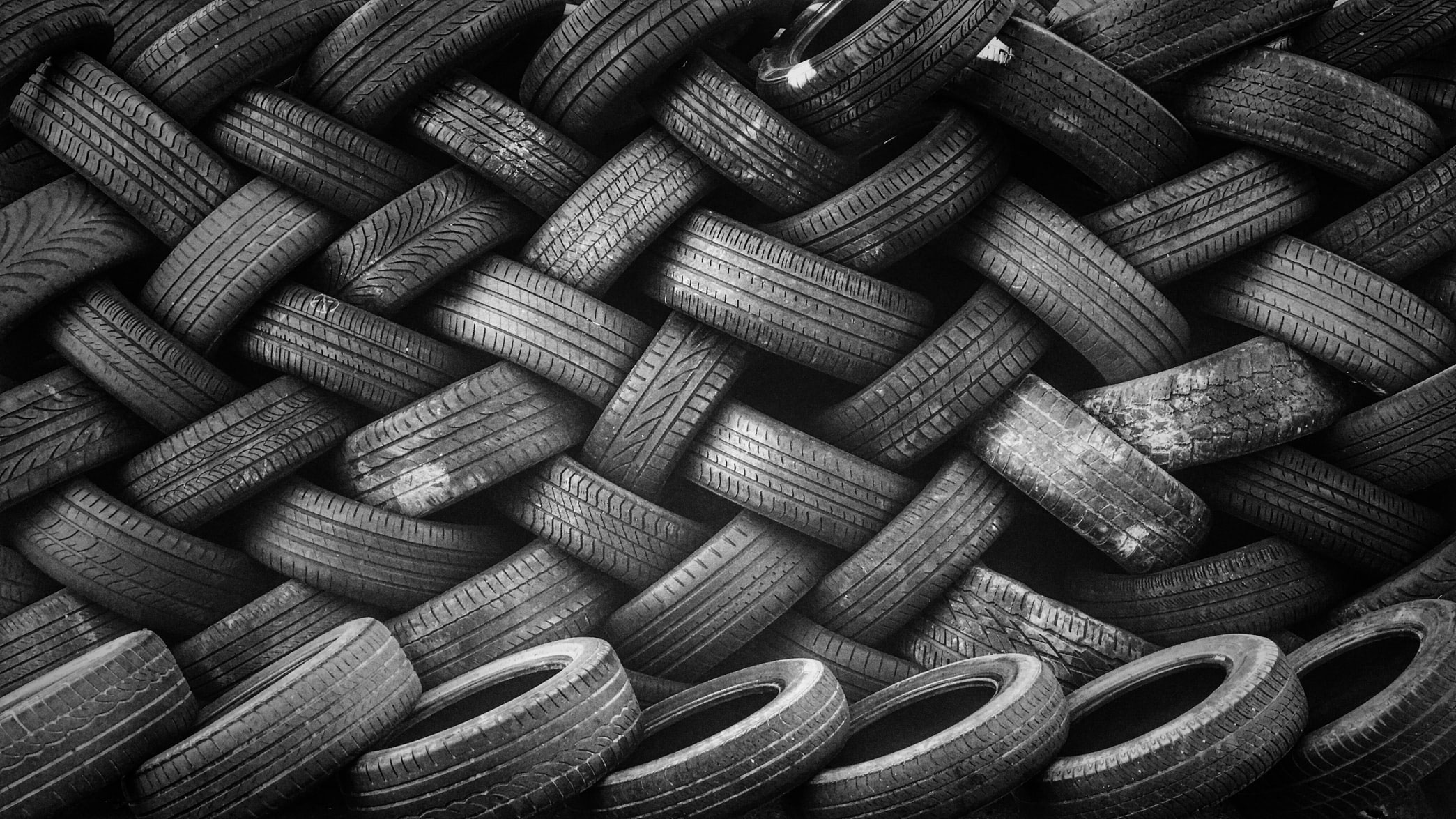Motorcycle Tire Bible
MOTORCYCLE TIRE BIBLE
PASSAGE I VERSE II
Are you asking yourself when should I replace my motorcycle tire? Or what tire is the best for me? If so, let’s grab a beer and let’s talk about rubbers son!
Nowadays we have so many different tire types it is hard to know what is right for you. It is a bit like choosing that one girl at the club. There are so many options to choose from you don’t know where to start. If you choose the right one, you will have one hell of a night, but choose the wrong one and you are in for one bad ride. The same goes for tires, sure every tire can give you some basic quality’s just like any girl but once you find that one right for you. you’ll never want another again.
Before making any decisions you should first weigh your options. Just like the girls from the club the list of names is almost endless when choosing a motorcycle tire. For example, you have Dunlop, Pirelli, Bridgestone, Continental, Kenda and last but not least Michelin (not to be mistaken with Michelle form the other list). I think you get my point names doesn’t say anything, Sure we all have our preferences. But if she was called Bertha you wouldn’t mention it to your friends. For rubbers the same thing goes, you wouldn’t brag to your friends about that set of Shinko 705’s. But you would tell them all about those Michelin Commanders. Good and bad name’s aside it still doesn’t tell us anything about how those dam rubbers ride!
“THE OLDER I GET, THE FASTER I WAS. THERE ARE OLD BIKERS AND THERE ARE BOLD BIKERS, BUT THERE ARE NO OLD, BOLD BIKERS.”
― EVEL KNIEVEL―
Let’s start with the fundamentals of any motorcycle tire,
Carcass, Compound, Tread. If you understand what these do you’ll find the secret combination to making a quality choice. Let’s begin like vultures and start with the carcass.
All tires have fibers in them that stretch from one bead up the sidewall across the tread and down to the other bead. But there are a couple ways to do this. One method is to lace a shit ton of fibers across each other this is called a Bias tire. They are simple and strong you should consider them for something like adventurer riding.
“But the chicken can also cross the road straight”
The other method is called a Radial tire here the fabric goes form one bead to the other. They only use a few strips of fabric and then reinforce the threaded part with some steel belts. This results in a much lighter tire and the few steel strips of steal shed heat a lot faster than a mil- lion layers of fabric. Bias or Radial Mmm…… This narrows our choice down to a few dozen tires… Not very helpful.
“But check this”
Compounds
Usually, manufacturers will brag about having silica in the mix why is that good? Is it even any good? This is hugely misunderstood.
Silica does 2 things, but first, understand that tires just like girls undergo rapid behavior change. With tires, it happens when it verities in heat. When the rubber is warm it has grip, it’s soft and playable. When cold it is a cold hard bitch. This transition usually takes place around 7°, be careful riding below that. But silica pushes this limit even further, so if you are riding a lot in cold and wet climate, yes more silica is safer. The other thing silica influences are millage.
If you want a tire to last a long time you use plastic. It lasts long but doesn’t give much grip wise. When you are looking for grip, you want a lot of carbon black in your tire. Or you use something special like silica, this will give you excellent millage and equally excellent grip. Silica is the best of both worlds for most of us unless you are Valentino Rossi himself or broke a shit. Note; don’t let manufacturers make you believe that silica tires are worth your spare kidney because it is not, it is two of the most common elements on earth and any moron can dump silica into the mix. What is special is when a manufacturer applies silica in strategically separate concentrations. Then tires tend to have more silica in the center so it rolls durably fuel efficiently and safely. But the ratio tips away from silica toward sticky carbon black near the edges for when you want to get funky in the corners.
Thread patterns our final and most important fundamental. Because the kind of thread should match the surface you are riding on. Take the extremes a perfectly hard surface is matched with a perfectly flat slick tire pattern, on the other hand, a perfectly soft surface like sand is matched to a peddle tire. you could say that every thread pattern is a combination of those two. Let’s not get into the numbers game of 50/50 or 40/60 tires just really look at what type of terrain you will ride and choose accordingly. The main difference is that dirt treads move chunky earth and street threads move thin water out of your contact patch.
Enough talk and theory let’s see how tires compare!





